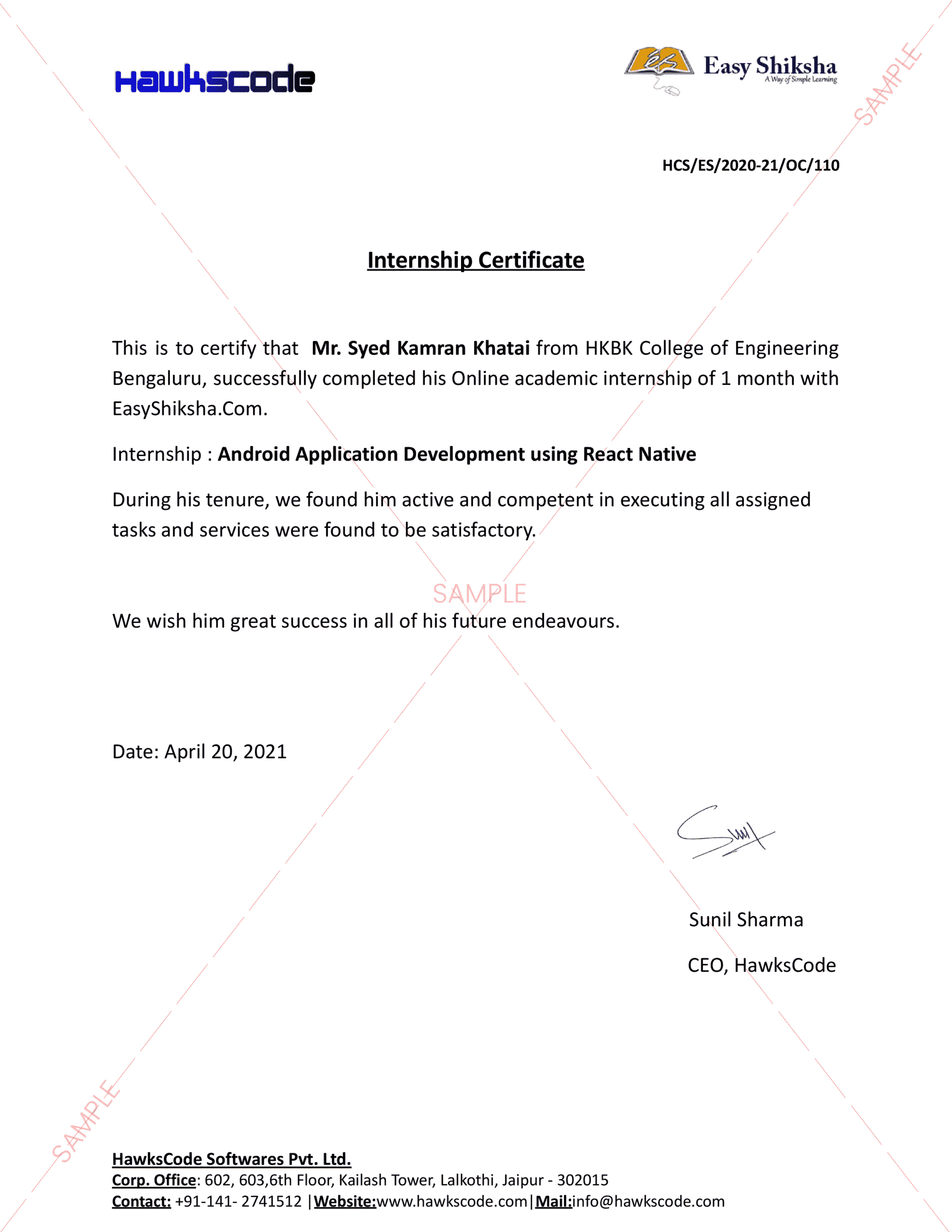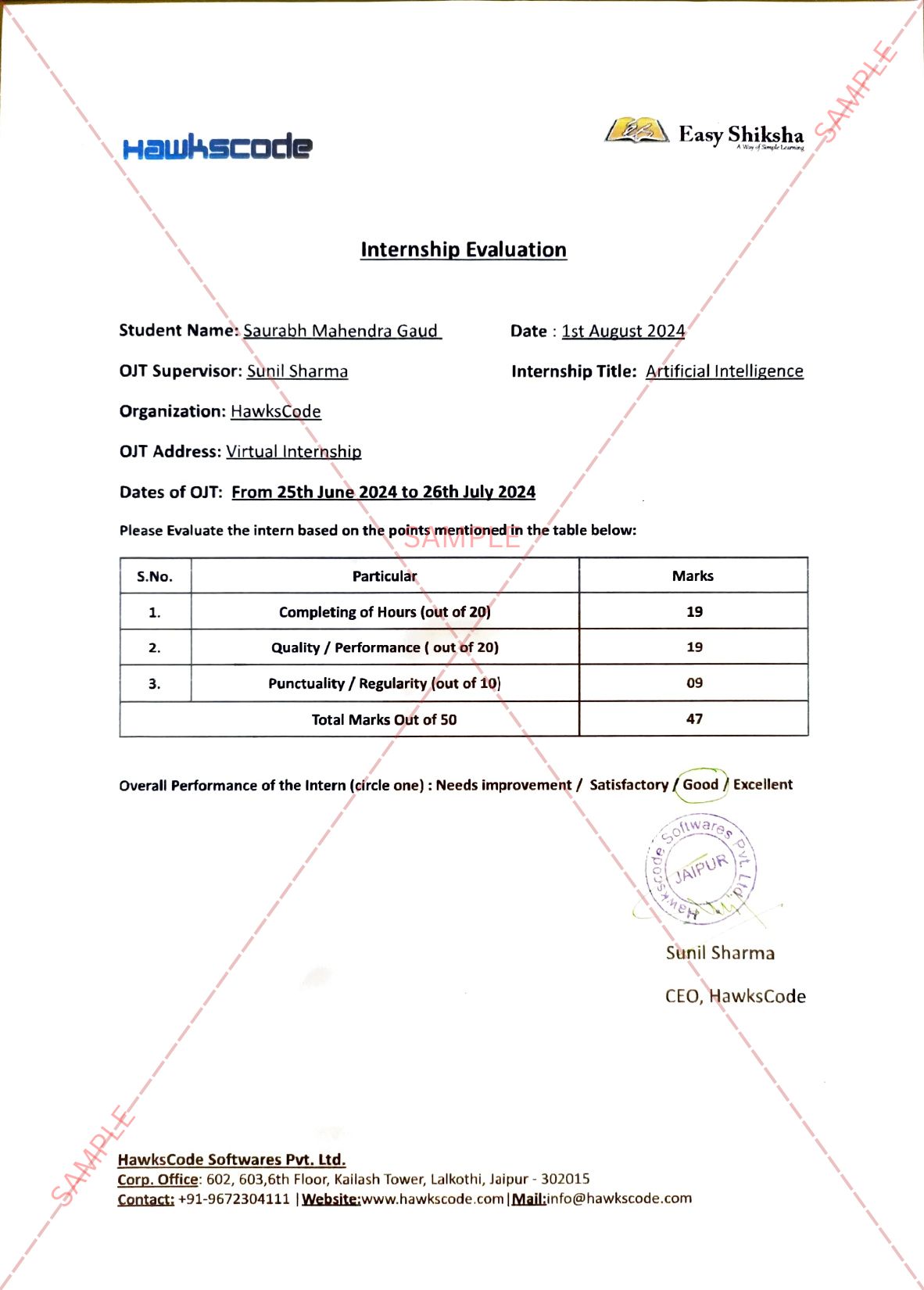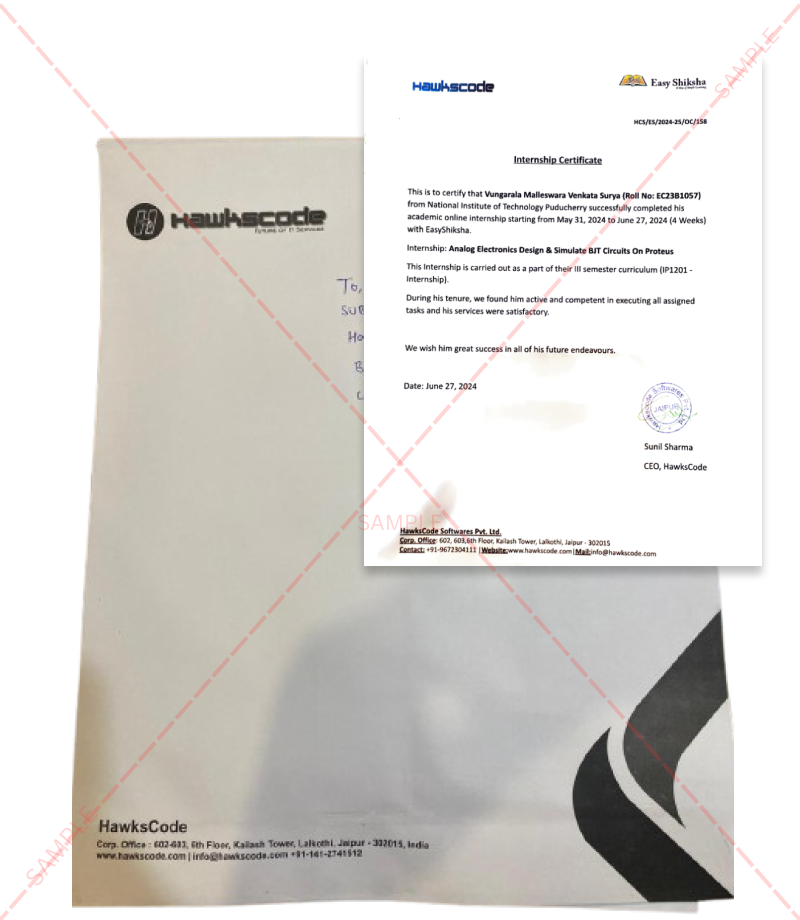Dr. Priyanka Kuri, Consultant – Dermatology, Aster Whitefield Hospital, Bengaluru Too much of a good thing—like protein—can damage your hair. Here’s a clear breakdown of protein overload, its causes, effects, and how to manage it. Protein overload happens when hair absorbs excessive protein from hair products. This makes the hair stiff, brittle, and prone to breakage. The issue arises when there’s an imbalance between protein and moisture, usually from overusing protein treatments without adding enough hydration.
Can Protein Overload Cause Hair Loss?
Protein overload can lead to breakage, which may look like hair loss. Hair becomes rigid and snaps easily, giving the impression of thinning or excessive shedding. However, protein overload does not harm hair follicles or cause permanent hair loss. With the right moisture balance, the damage can be reversed.
ALSO READ: Rumour-around-the-closure-of-offline-classes-amidst-the-increasing
Protein Overload in hair in caused by:
· Overuse of Protein-Based Products – Regular use of keratin treatments, protein masks, or conditioners with ingredients like hydrolyzed keratin or silk protein can result in buildup and hair stiffness.
· Lack of Moisture – When protein treatments are used without adequate moisturizing products, hair becomes dry and difficult to manage.
· Frequent Use of Leave-In Protein Treatments – Using leave-in products that contain protein too often can cause buildup, as these products remain on the hair longer than rinse-out treatments.
· Hard Water Buildup – Minerals in hard water, such as calcium and magnesium, can interact with protein products and create a film on the hair, reducing flexibility.
· Low Porosity Hair – Hair with low porosity tends to repel moisture and product absorption. Protein-based products may sit on the hair rather than penetrate, leading to dryness and brittleness.
How to Treat Protein Overload?
Stop using protein-based products to allow your hair to recover. Switch to moisturizing shampoos, conditioners, and leave-in treatments with ingredients like aloe vera or glycerin. Use a mild sulfate-free or chelating shampoo to remove buildup. Add light oils like argan or jojoba to restore softness. For low porosity hair, applying heat while deep conditioning can help moisture penetrate more effectively.
Maintain a balance between protein and moisture in your hair care routine. Avoid frequent use of protein treatments, especially if you have low porosity hair. Use moisturizing products regularly and clarify your hair occasionally to prevent buildup.
For information related to technology,visit: HawksCode and EasyShiksha





































































